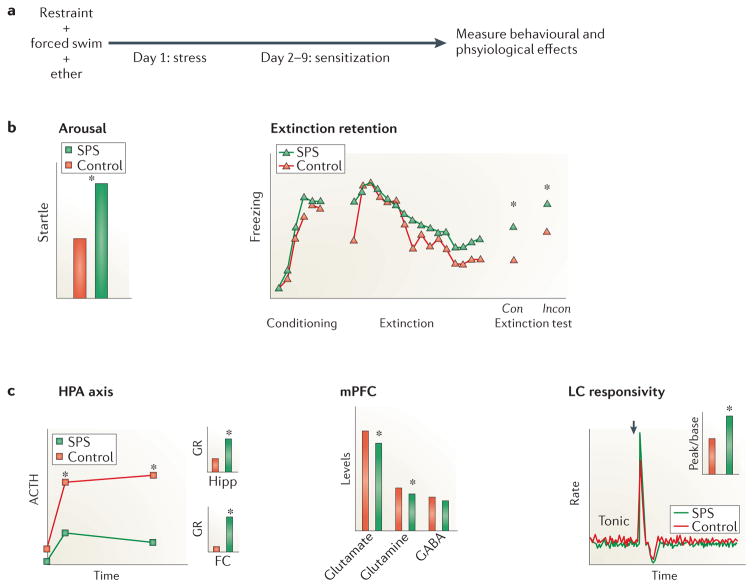Figure 5. Behavioral and physiological changes in a PTSD animal model.
A. A prototypic rodent model of PTSD: (single prolonged stress (SPS). B. Behavioral effects of exposure to SPS include increased arousal as reflected in startle response (left) and decreased extinction retention in contexts that are either consistent (con) or inconsistent (incon) with the extinction context (right). C. Physiological effects of exposure to SPS include enhanced glucocorticoid receptor (GR) expression in the hippocampus (Hipp) and frontal cortex (FC) and negative feedback in the HPA axis (left), decreased excitatory tone in the medial prefrontal cortex (mPFC) (middle), and decreases in tonic as well as increases in phasic responses to stimulation (arrow) of locus coeruleus (LC) neurons (right). Note: data are illustrative.

